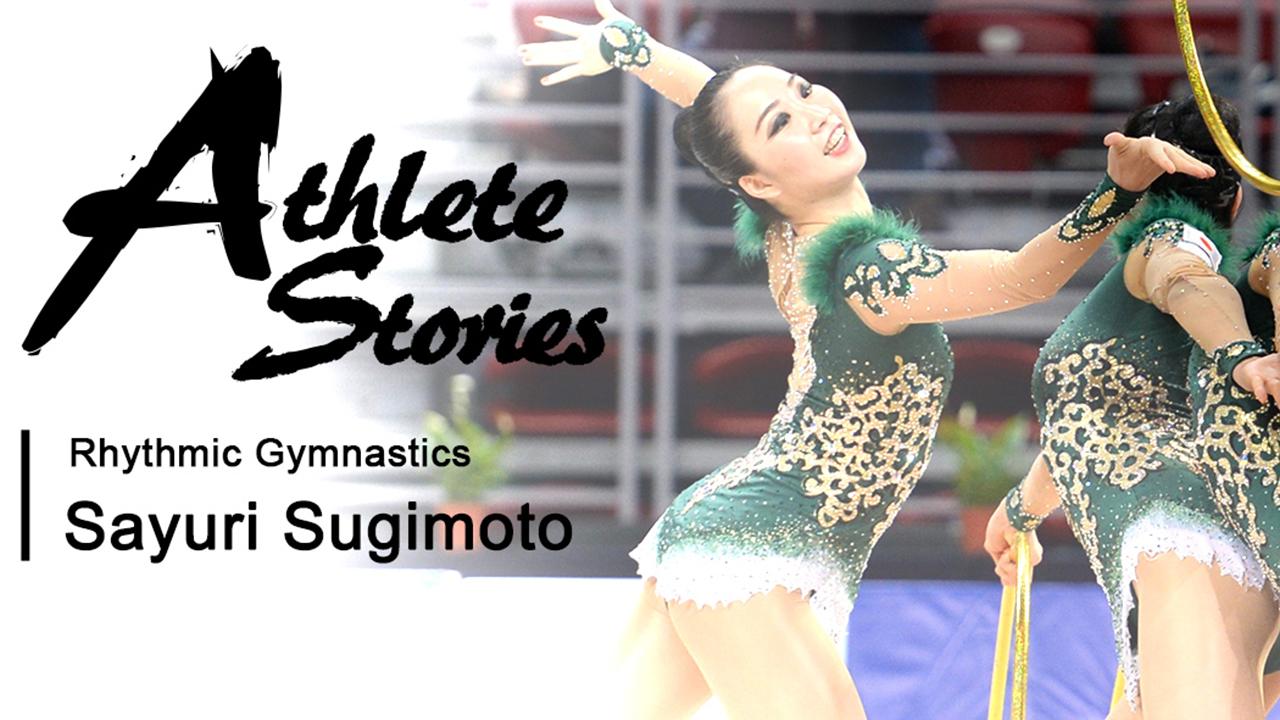
Last November, we visited the Japan Institute of Sports Sciences in Tokyo's Akabane area, where Sayuri Sugimoto, captain of the rhythmic gymnastics "Fairy Japan"national team, holds practices.

※The article has been published in Toyota Global Newsroom on May 15, 2019.
Rhythmic gymnast Sayuri Sugimoto, 23, works in Toyota Motor Corporation’s External & Public Affairs Division.
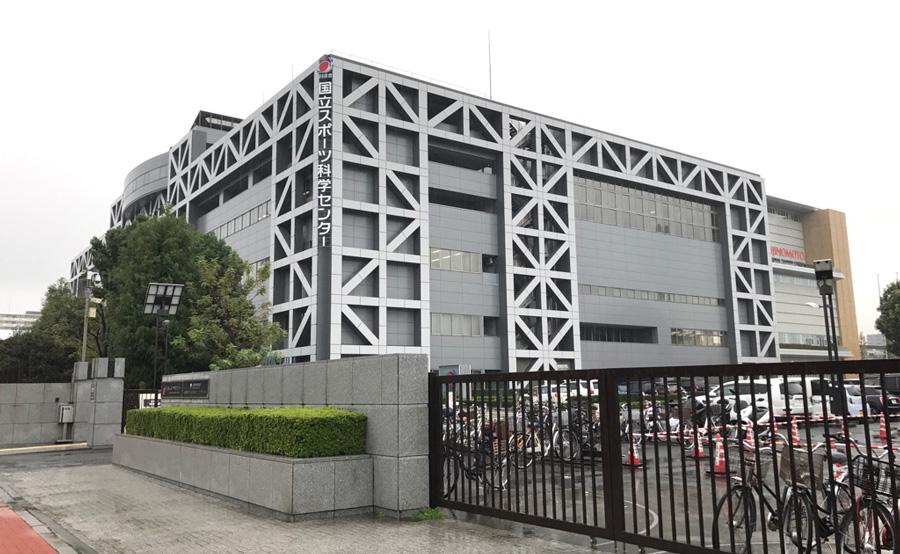
Last November, we visited the Japan Institute of Sports Sciences in Tokyo’s Akabane area, where Sayuri Sugimoto, captain of the rhythmic gymnastics “Fairy Japan” national team, holds practices.
Sugimoto successfully auditioned (in 2009) for Japan’s national B team when she was only 13 years old. Four years later, in 2013, she made the A team, and, in 2015 (age 19), she was part of a squad that earned Japan’s first medal in the Rhythmic Gymnastics World Championships in 40 years, when her team took home the silver in the group ribbon event. This was followed by an eighth-place finish for her squad in the group all-around competition in the Olympics Games Rio 2016.
Aspirational presence, rival, and No. 1 supporter
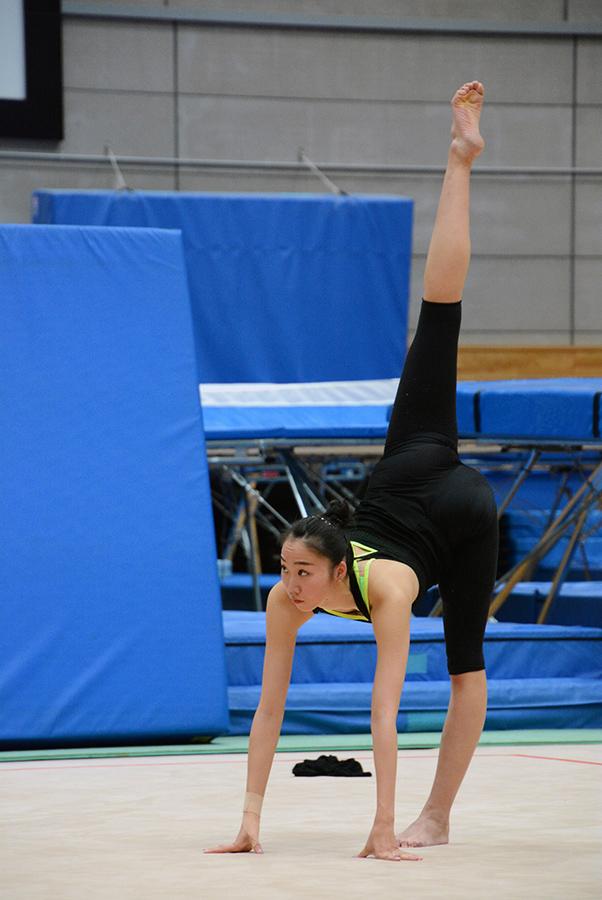
Sugimoto hails from Nagoya, Aichi Prefecture. Ever since she was small, she loved to imitate her sister Takae, who is four years older. It was only natural that this would apply to rhythmic gymnastics, as well. Watching her older sister, who, as a rhythmic gymnast at the time, seemed to be having fun dancing through her routines, drew Sugimoto to the sport at the age of six.
“My sister was better than I was, and she had achieved some great things. I wanted to become good, too, so I would ask her how to get better or how to do a certain technique. But sometimes she wouldn’t tell me, so we’d end up fighting,” said Sugimoto, with a laugh.
At times, Sugimoto’s desire to catch up with her sister, and her sister’s determination to not be outdone, collided. After her sister retired from the sport, however, she became Sugimoto’s biggest supporter. According to Sugimoto, her sister rushed all the way to the other side of the world to cheer her on during her performances at Rio 2016.
Sugimoto says that she only made the national team because she had a famous sister, but we know it took more than that. Still, having an older sister to look up to, and one that is both her rival and biggest fan, without a doubt helped Sugimoto grow to where she is today.
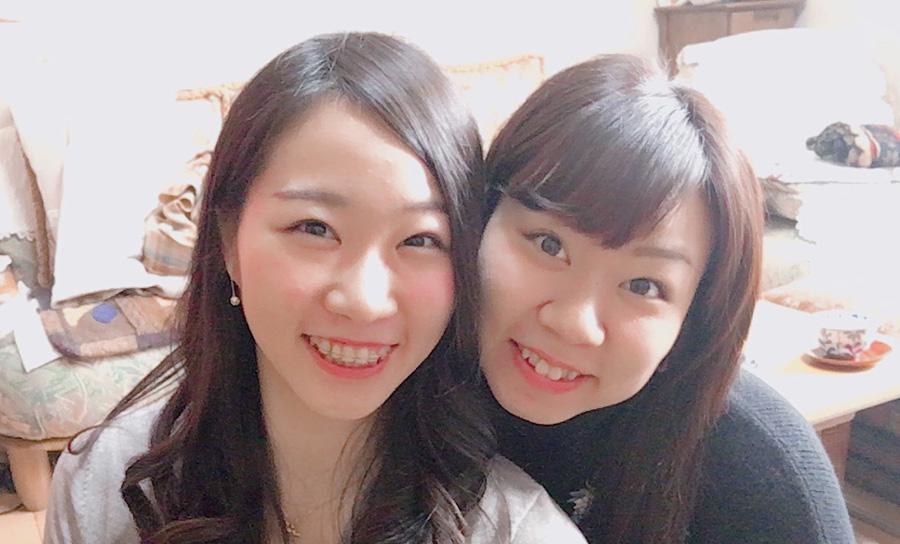
‘Fortune comes in by a merry gate’

In January this year, Sugimoto returned from a training camp in Russia, and was going to report for work at Toyota’s Tokyo Head Office. We took the opportunity to catch up again.
Because their coach, Inna Bystrova, is in Russia, the Japan national rhythmic gymnastics team is constantly traveling back and forth between Russia and Japan. Coach Bystrova choreographs their routines and instructs them in performance, where their daily routines are filled with eight hours of training.
The team lives together, and are together practically 24 hours a day—from waking up in the morning to going to bed at night. While being together so much seems like it may lead to even the slightest issue setting them off, Sugimoto says that tensions never go anywhere that far and that they never argue.
As captain, Sugimoto says there is something she keeps in mind, even beyond the gymnastics floor. “[When I talk to a teammate] I’m careful to use words that suit that person’s personality. Naturally, there are things that I don’t catch on to [about a person] during practice, so I make a conscious effort to understand everyone, starting with our regular, everyday activities,” she said.
“My teammates are like family, as if they were all my little sisters,” Sugimoto added.
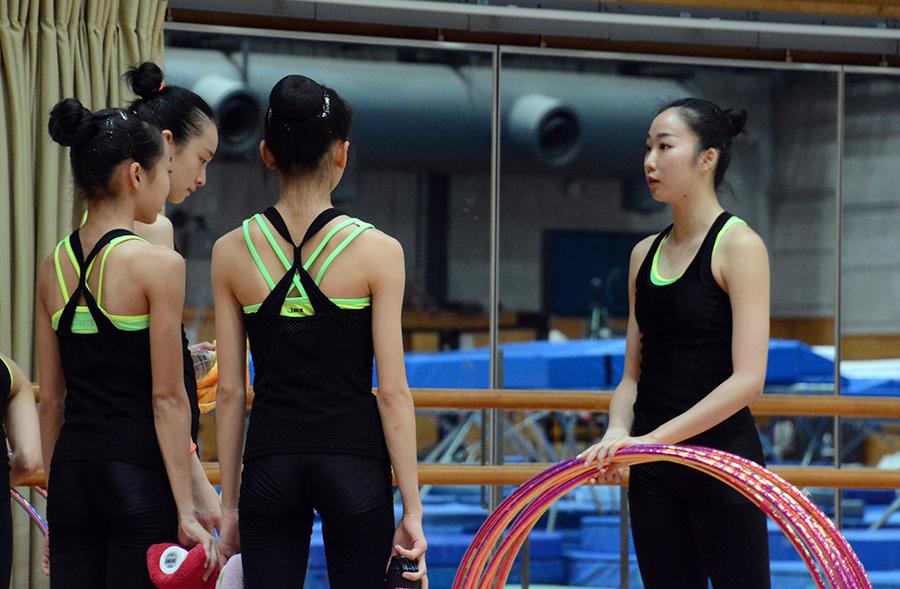
Even so, Sugimoto admitted that there was a period when she had thought about quitting as captain. “It was around October or November last year [2018]. Usually, after the world championships, my mind starts gearing up and getting excited for the next level. But, last time, that didn’t happen. When I took a good look at myself, I started to feel uneasy about whether I would be able to keep up the spirit for another two years. I thought that maybe I should step down as captain,” she explained.
In last year’s world championships, Fairy Japan finished fifth in the group all-around competition (in which total points for two performances, each using different apparatuses, determine the standings). That result was partly attributed to, perhaps, a change in the team lineup due to an injury in the immediate run-up to the event. Even though the team was able to win silver in the group hoop event, for which it had reset its sights, what Sugimoto and her teammates long for is a medal in the group all-around competition. That’s because, in the Olympic Games, the group all-around competition is the only event held.
Furthermore, last year’s world championships served as the first preliminaries for the Tokyo 2020 Games, with the countries finishing in the top three in the group all-around competition earning tickets. Even though Japan’s national team is guaranteed a spot in the competition due to Japan being the host county of Tokyo 2020, Sugimoto and her teammates want to win their way there.
“I started to think that we failed to medal in the all-around because I was unable to manage things all the way to the end. I started imagining that things had gotten to the point where team members were unable to say to me what they wanted to say, because we had been together for so long and had gotten used to one another,” said Sugimoto.
After struggling to think through the situation on her own, Sugimoto called an all-members meeting.
“Everyone voiced their opinions, but, overall, they all said that they wanted me to stay on as captain. The fact that each member was able to say how she really felt strengthened my desire to want to sincerely understand each of the them and to manage the team,” recounted Sugimoto.
So, Sugimoto decided to stay on as captain out of a desire to respond to the feelings of the team’s other members. She says that, after that, members’ thinking started to change.
“Everyone shares in last year’s anguish. Everyone wants to win medals from the start of this year at various meets so that we can face the world championships with confidence. Although smiling during practices has always been our norm, the mood now is that, the more challenging the maneuver, the more we want to have fun. In the lead-up to this season’s first contest, we’ve been able to have really good practices,” explained Sugimoto.
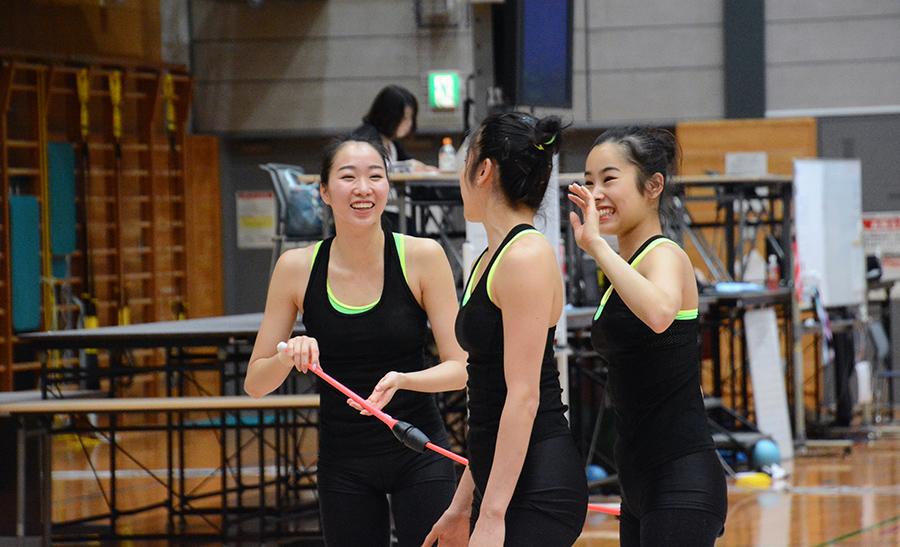
As a result, in the first contest of the 2019 season, Fairy Japan captured silver in the group all-around competition in the Grand Prix of Moscow. The team also out-performed long-time rival Russia to take the group title by winning in ball and in hoop & club performances. Thus, the season is now off to an excellent start for Sugimoto and her teammates.
When we watched her training in November, Sugimoto’s all-smiles approach to practice left a big impression on us. Looking back, however, the timing of our first interview overlapped with when she was facing her dilemma about whether to continue as captain. We did not even detect the slightest hint that she was going through an uncertain time during our visit.
“Cherishing smiles is my motto. Because laughing has somehow gotten me through tough times, I strive to never forget to always have a smile,” she said.
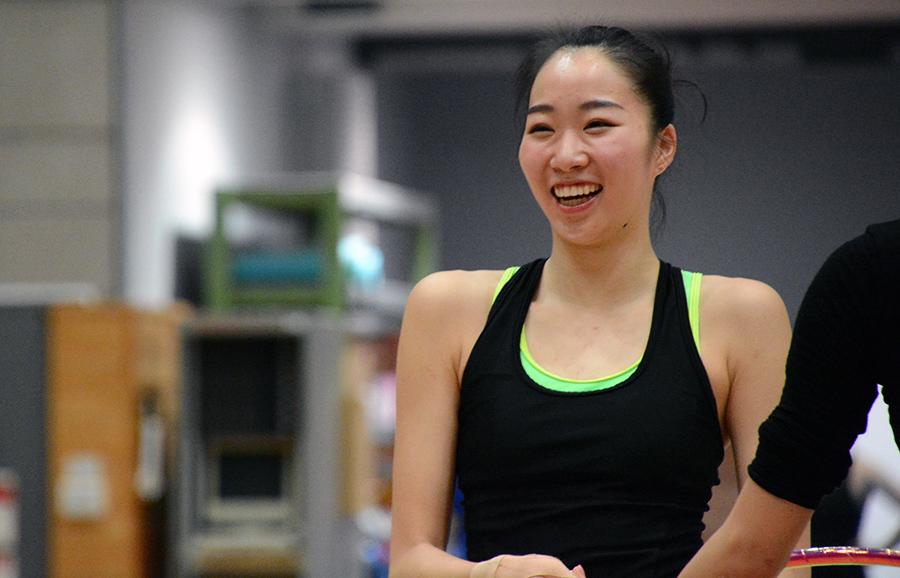
Sugimoto says that her words to live by are: “Fortune comes in by a merry gate.” She applies that thinking to rhythmic gymnastics, to the team, and to herself. Being serious and sincere alerts one to various elements in one’s environment on a daily basis, which can, at times, give rise to tensions. Notwithstanding, Sugimoto stands up tough and straight and takes on hardships with a smile, making her truly a beautiful person.
Winning needs confidence
The apparatuses used in the categories of rhythmic gymnastics competition (that are sanctioned by the International Gymnastics Federation) change every two years. Until the end of last year, the apparatuses to be used were the hoop and the ball & hoop. From this year up to and including Tokyo 2020, the apparatuses designated for use in competition are the ball and the hoop & club. We asked Sugimoto what to look for in her team’s performances this year.
“Every year, for hard [to the touch] apparatuses, Coach Inna selects musical numbers that are full of strength, so there will be strong melodies for the hoop & club this year. Clubs have a hole at their tip that allows them to be linked to each other. Performing moves while the clubs are linked can earn high points, so you can expect to see many such moves,” revealed Sugimoto.
She plans to attempt her own unique apparatus manipulation, in which two clubs are placed on a hoop, the arrangement is kicked into the air, the hoop flies forward, and the clubs shoot straight up. “But, so far, when I kick, the clubs go spinning or cross by one another on the way up. So, we’ve been placing a piece of different-colored tape on each club in a way that the tape cannot easily be seen, and then, as soon as the clubs go up, the two team members whose roles are to catch the clubs yell out the color that each plans to catch, allowing us to somehow complete the technique,” she explained, laughing.
Sugimoto did her best to describe to us the maneuver, but it wasn’t until she showed us a practice video that we really had any idea what she was talking about. (For those of you reading this, we truly hope you will get a chance to see the real thing at an actual event or on television.)
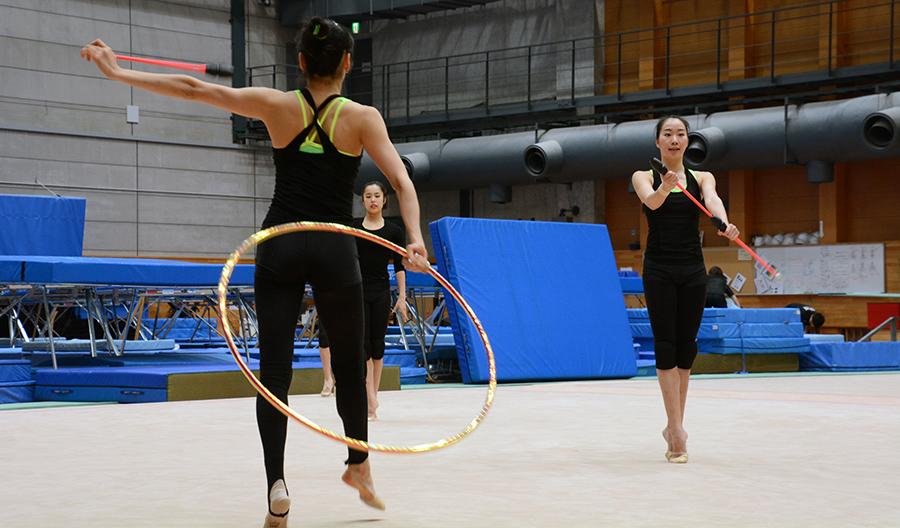
“As for ball, we have a performance with a ‘journey’ storyline accompanied by very bright and cheerful music. We plan to dance in a fun way that will get spectators in the mood,” disclosed Sugimoto. Apparently, for each member in the performance, the destination of the journey she mentioned is open-ended, with each member performing according to their own image of where they want to go.
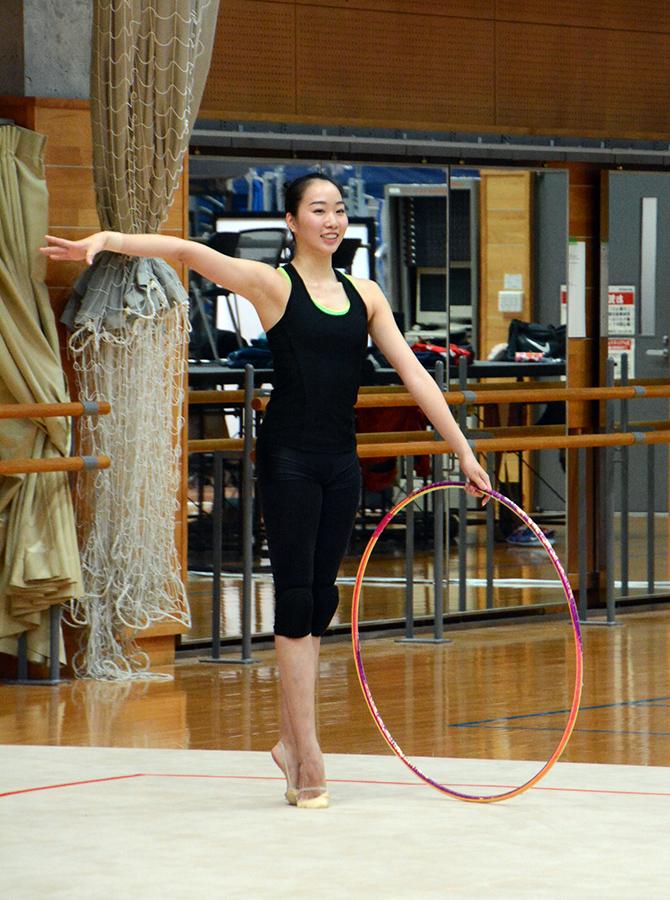
Rhythmic gymnastics scoring consists of a difficulty score (derived using a point-addition scoring system) and an execution score (derived using a point-deduction scoring system). Each type of score used to have a maximum of 10 points, for a maximum total of 20 points. But, with a rule change in 2018, there is no longer a limit placed on the difficulty score, and greater point deductions are given for mistakes.
As the ceiling on the difficulty score has been removed, performances are focusing on executing several difficult maneuvers in a row so as to earn higher points, increasing the pressure on competitors to achieve flawless performances. Additionally, teams are required to include artistic “charm” in their routines.
“Teams that make mistakes lose. But if you think too much on not messing up, the performance, itself, kind of shrinks, and the visual beauty of the routine doesn’t come out. I think winning or losing depends on to what degree teams can freely perform with confidence,” said Sugimoto.
Sugimoto says that, to build confidence, the team has turned up the pressure on itself by setting success-rate targets for maneuver execution during practice. The team goes at it again and again until the targets are achieved.
Whether or not it can be said that practice always pays off, when it comes to the real deal, knowing and being proud that you have practiced more than anyone else can lead to confidence.
“Practice is the only way to overcome the pressure. I cherish each and every day of practice,” said Sugimoto.
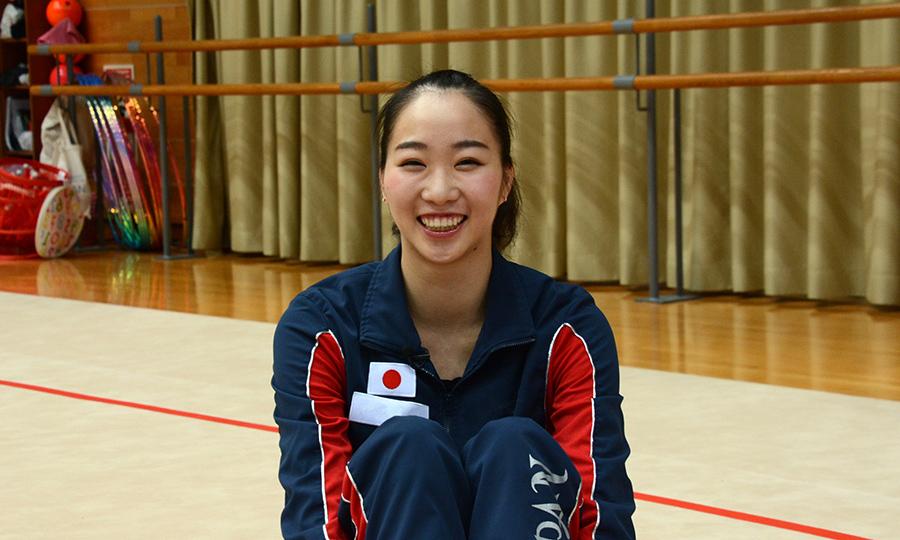
There are now already less than 500 days until Tokyo 2020. How those days are spent in preparation will be key. First to come is a “preliminary skirmish” in the form of the 2019 Rhythmic Gymnastics World Championships. We look forward in anticipation to see how well Fairy Japan performs.

